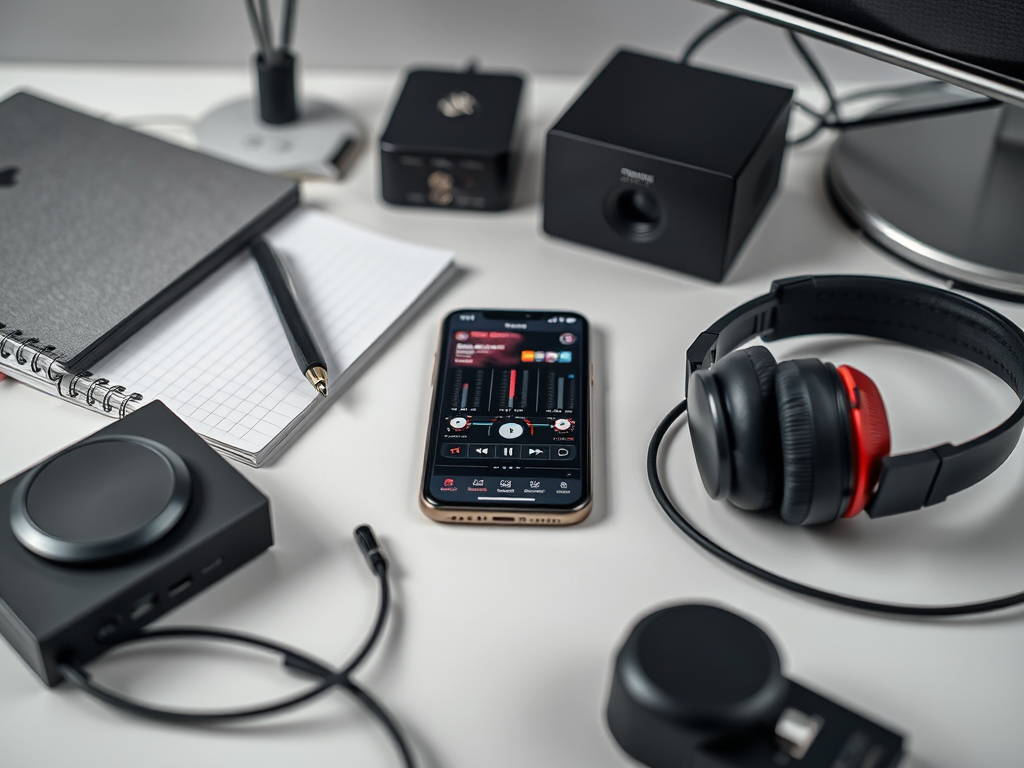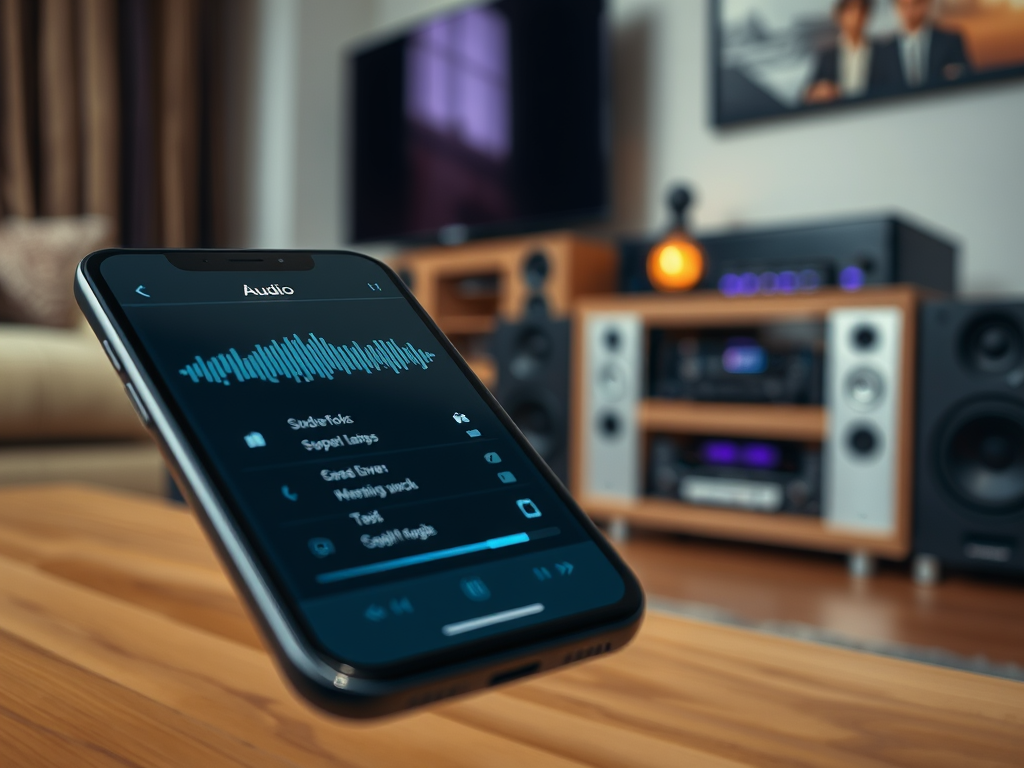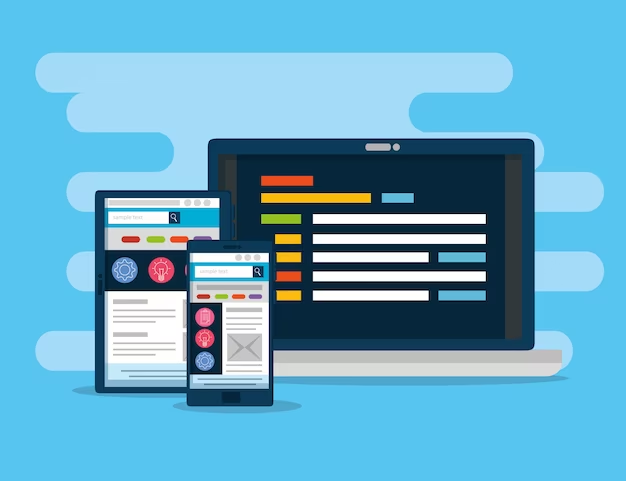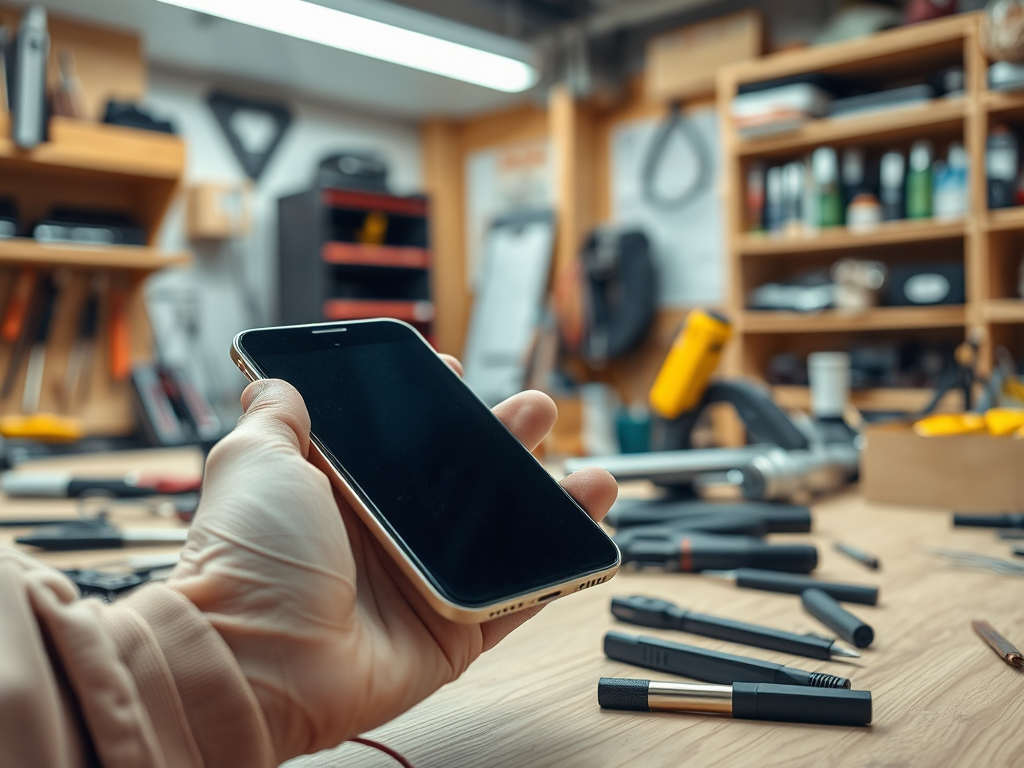In today’s fast-paced digital world, the auditory experience is becoming increasingly pivotal, especially within smartphone devices. Phone speakers have evolved from mere sound output mechanisms into sophisticated audio systems that deliver a rich auditory experience. This advancement is not solely a product of hardware upgrades; rather, a significant driver of these developments lies within the software adaptations. As software continues to innovate, the way users interact with their device’s audio capabilities has transformed dramatically. From enhancing sound quality to personalizing audio profiles, software has become the unsung hero of phone speaker functionality. The undeniable truth is that without the right software, even the most powerful hardware can fall short in delivering a satisfactory listening experience.
Introduction to Phone Speaker Technologies

Over the years, phone speaker technologies have undergone incredible transformations, propelling them to the forefront of user experience. The journey began with basic monophonic speakers, which were primarily used for voice calls. Today’s smartphones often include multi-channel stereo speakers, delivering immersive soundscapes for music, videos, and gaming. This shift not only enhances user engagement but also enriches multi-media consumption across platforms. Modern speakers are designed to produce crisp highs, balanced mids, and deep bass—offering a holistic auditory experience. Understanding these advancements is critical for consumers interested in maximizing their audio experience.
The Interaction Between Software and Hardware

Software is crucial in unlocking the full potential of phone speaker hardware. The seamless interaction between hardware components and software algorithms sets the stage for superior audio experiences. With each software update, manufacturers often introduce enhancements that improve the way sound is processed and outputted. For instance, software can adjust speaker performance based on usage patterns, ensuring optimal sound quality regardless of setting.
Regular software updates have become essential not just for security but also for enhancing audio quality. These updates can introduce new codecs, optimize sound processing algorithms, and rectify bugs that may impair audio performance. Many users may not realize that their device’s auditory prowess can significantly improve simply by accepting these updates. Additionally, manufacturers often leverage user feedback to refine sound profiles tailored to consumer needs, making such updates a vital part of device maintenance.
Features of Software That Impact Speaker Performance
A myriad of software features directly influences how phone speakers perform in various environments. These features can dramatically alter the listening experience, ensuring audio quality is never compromised. Below are some key software elements that play a significant role:
- Sound Profiles: Customizable profiles allow users to modify audio settings based on personal preference.
- Dynamic Range Control: This helps in leveling out the audio, making quiet sounds clearer and loud sounds more manageable.
- Volume Normalization: Ensures consistent sound levels across different media types, preventing abrupt changes in volume.
Sound profiles and equalization settings serve as key components in personalizing audio output. These functions enable users to adjust bass, treble, and mids according to their listening preferences. Equalizers are especially useful in environments where background noise is prevalent, allowing users to isolate sounds more effectively. By understanding how to navigate these settings, users can create a listening experience that is uniquely tailored to their tastes.
| Feature | Description |
|---|---|
| Sound Profiles | Customizable audio settings based on situational needs. |
| Noise Cancellation | Reduces background noise for clearer audio during calls. |
| Audio Spatialization | Simulates a surround sound experience using stereo speakers. |
The Impact of Audio Streaming Apps on Speaker Functionality
Audio streaming applications significantly contribute to speaker functionality by optimizing playback settings tailored to the device. These apps analyze the hardware capabilities and automatically adjust the audio stream quality for optimum performance. For example, many streaming services implement algorithms that enhance audio clarity without overloading the speakers. Consequently, users often experience a richer sound quality than that offered by native applications. Streamlining audio playback through these frameworks ensures that users have access to a consistent auditory experience regardless of the platform. Moreover, the breadth of options allows listeners to discover new music while enjoying diverse genres through customized sound profiles.
Adaptive streaming technologies further exemplify how software can influence audio quality. By adjusting the bitrate based on network conditions, these technologies ensure uninterrupted playback while maintaining sound integrity. Such adaptive systems also account for the smartphone’s audio hardware, tailoring the audio output to suit the device’s capabilities. The result is a remarkable listening experience that dynamically responds to real-time user conditions.
Future Developments in Audio Software
The future of audio software is poised for exciting advancements that promise to enhance phone speaker functionality even further. Innovations in artificial intelligence and machine learning are already on the horizon, with potential applications that can intelligently adjust audio settings based on user behavior and preferences. Furthermore, emerging trends in spatial audio technology are set to revolutionize how sound is perceived on mobile devices. As development continues, we may see real-time learning tools that create personalized audio experiences tailored to individual environments. Keeping an eye on these trends will be crucial for consumers seeking the best auditory experiences from their smartphones—because the journey is far from over.
Conclusion
In conclusion, software is undeniably a key player in enhancing phone speaker functionality. The interaction between cutting-edge software and advanced hardware creates not only improved sound quality but also a more personalized listening experience. Users must be informed about their device’s software capabilities to make the most out of their auditory experiences intuitively. As we look to the future, embracing new software advancements will enable users to explore the full potential of their phone’s speakers. Therefore, understanding this essential interplay empowers consumers to make wiser choices regarding their devices and their audio settings.
Frequently Asked Questions
- How often should I update my phone’s software for optimal speaker performance? Regular updates, whenever available, are recommended to benefit from new audio enhancements and fixes.
- Can I damage my phone speaker by changing software settings? While adjusting settings is generally safe, extreme equalization settings could potentially strain speakers over time.
- What audio formats do phone speakers typically handle? Most smartphones can play common formats such as MP3, AAC, and WAV, but higher-end models may support lossless formats.
- Do third-party audio apps offer better performance than the default app? Many third-party apps provide advanced features and customization options that can enhance audio playback, depending on the hardware capabilities.
- Is noise cancellation software effective in all scenarios? Noise cancellation is most effective in loud environments, but its performance can vary based on the quality of the technology and the background noise level.



